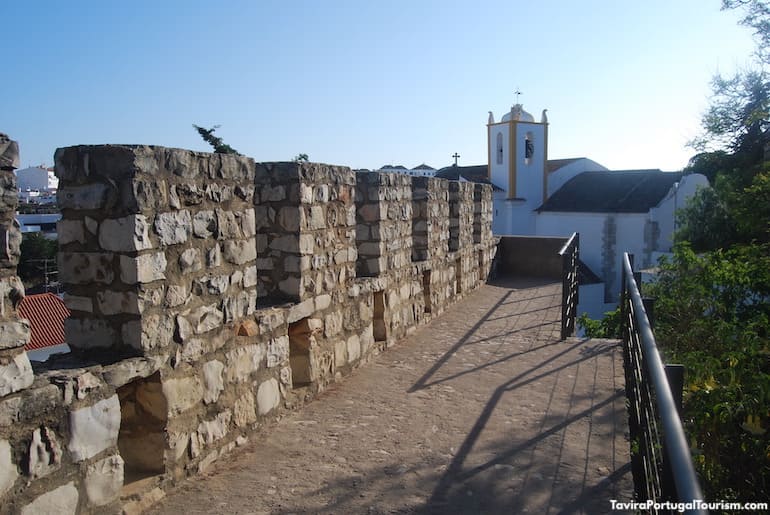
The ramparts of this partially-ruined hilltop castle offer a view over Tavira, and that’s the main reason for a visit. The building, which included the governor’s palace, was mostly destroyed by a major earthquake in 1755 and never rebuilt.
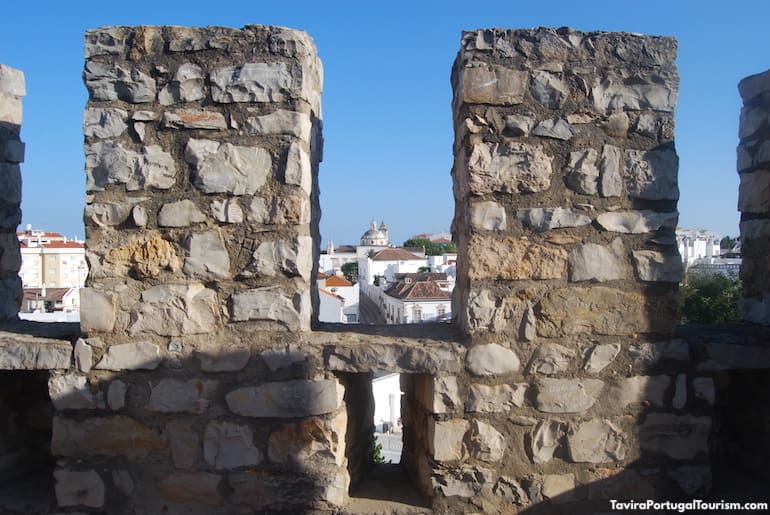
There has been a fortification on this site since the Phoenicians erected a wall in the 8th century BC, but today’s castle was originally a Moorish construction from the 10th century. It was meant to protect the city and the harbor, and was reinforced in the 12th century, giving it much of its current appearance. Some of its architectural and decorative elements are now on display i n the branch of the Tavira Municipal Museum devoted to Islamic art, located in the main square, Praça da República.
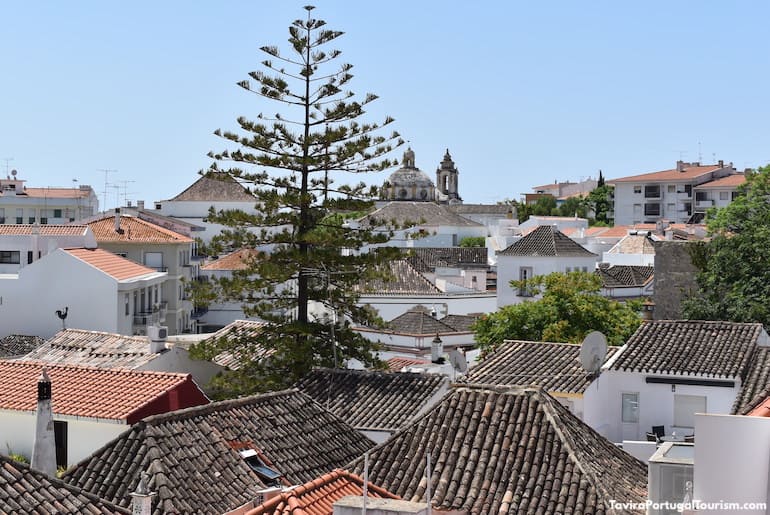
In the late 1200s, when Tavira was conquered from the Moors and became part of the Kingdom of Portugal, the castle was restored and expanded. To further protect the community, which lived within the castle walls, a new gate was built in 1520, and it still stands facing Praça da República, next to where you now find the city’s tourist office.
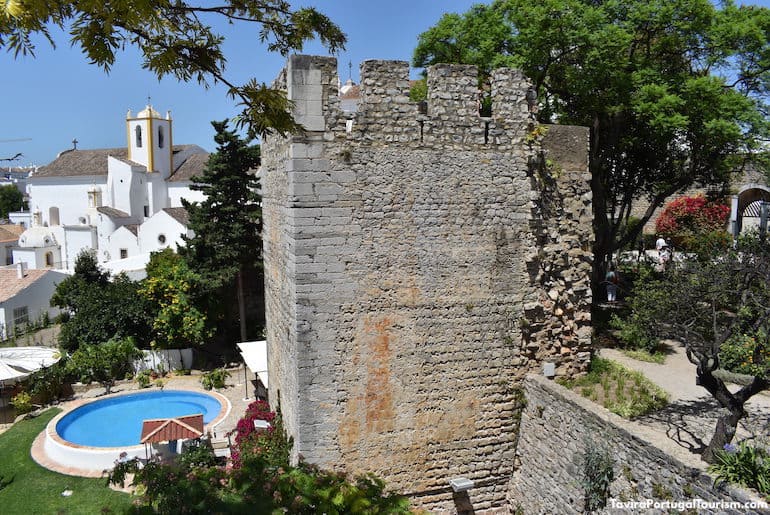
After the earthquake, the castle grounds were used as a cemetery, particularly during a cholera epidemic in 1832. It was acquired by the city in 1938 and landscaped. It’s open as a public garden, and tourists visit it for the panoramic views.
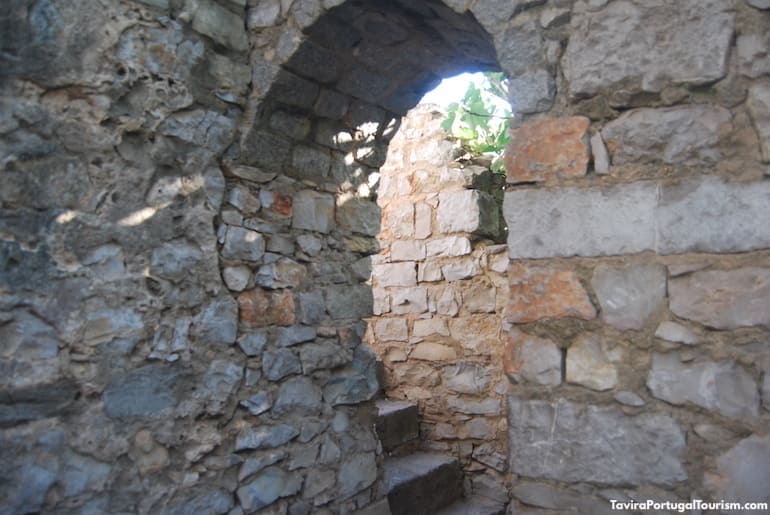
If you watched season 23 of the American reality show “The Bachelor,” you have already seen this castle. The contestants headed to Portugal in the final episodes, and the bachelor took one of the finalists on a date in Tavira. They ended up picnicking at the top of one of the castle’s towers.
Visiting Tavira Castle
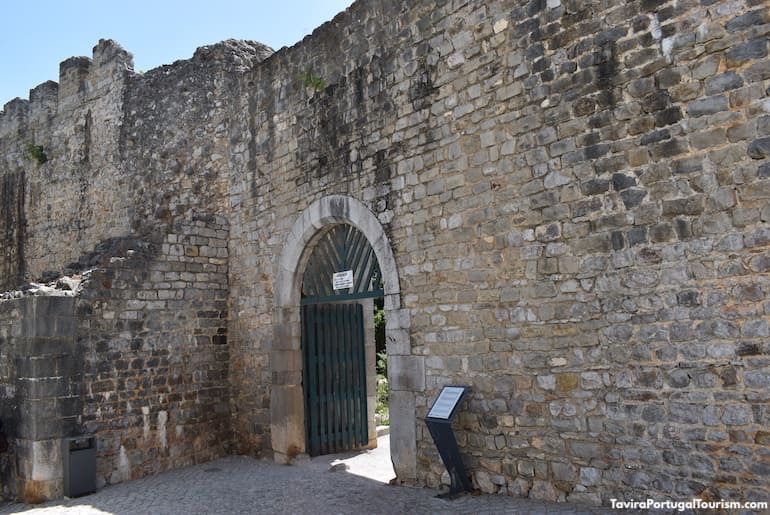
The castle opens daily at 10am and closes at 5pm in autumn and winter, and at 7pm in the spring and summer. Admission is free. A typical visit lasts no more than 15 or 20 minutes, and the next stop is usually one of the historic churches nearby.
Largo Abu-Otmane